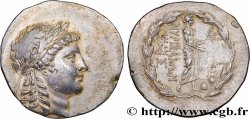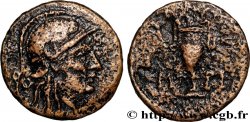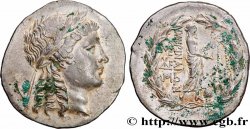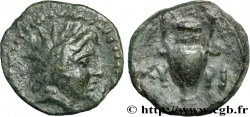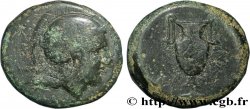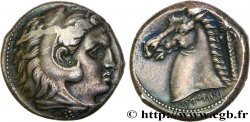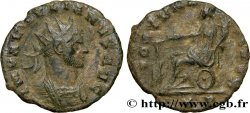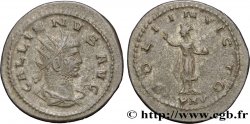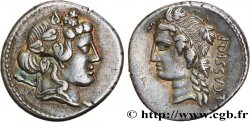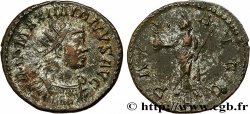E-auction 156-93794 - bgr_287311 - AIOLIS - MYRINA Unité
You must signin and be an approved bidder to bid, LOGIN TO BID. Accounts are subject to approval and the approval process takes place within 48 hours. Do not wait until the day a sale closes to register. Clicking on « bid » constitutes acceptance of the terms of use of cgb.fr private e-auctions.
Bids must be placed in whole Euro amounts only. The sale will start closing at the time stated on the item description; any bids received at the site after the closing time will not be executed. Transmission times may vary and bids could be rejected if you wait until the last second. For further information ckeck the E-auctions F.A.Q.
NO BUYER'S FEE.
NO BUYER'S FEE.
| Estimate : | 125 € |
| Price : | 30 € |
| Maximum bid : | 125 € |
| End of the sale : | 11 April 2016 14:03:00 |
| bidders : | 8 bidders |
Type : Unité
Date: c. 150-140 AC.
Mint name / Town : Myrhina, Éolide
Metal : copper
Diameter : 15,50 mm
Orientation dies : 12 h.
Weight : 4,34 g.
Rarity : R2
Coments on the condition:
Exemplaire sur ungrand petit flan, bien centré des deux côtés avec le grènetis complet au droit. Beau portrait d’Apollon. Revers à l’usure régulière. Patine vert foncé
Catalogue references :
Predigree :
Cet exemplaire provient de la vente Hirsch de novembre 1987
Obverse
Obverse legend : ANÉPIGRAPHE.
Obverse description : Tête d'Apollon Grynion laurée à droite, les cheveux longs tombant sur le cou ; grènetis circulaire.
Reverse
Reverse description : Amphore ; dans le champ supérieur en haut à droite, une lyre.
Reverse legend : MU-RI
Reverse translation : (Myrhina).
Commentary
Ce type semble plus rare que ne le laissent supposer les ouvrages généraux.
This type seems rarer than general works suggest.
This type seems rarer than general works suggest.







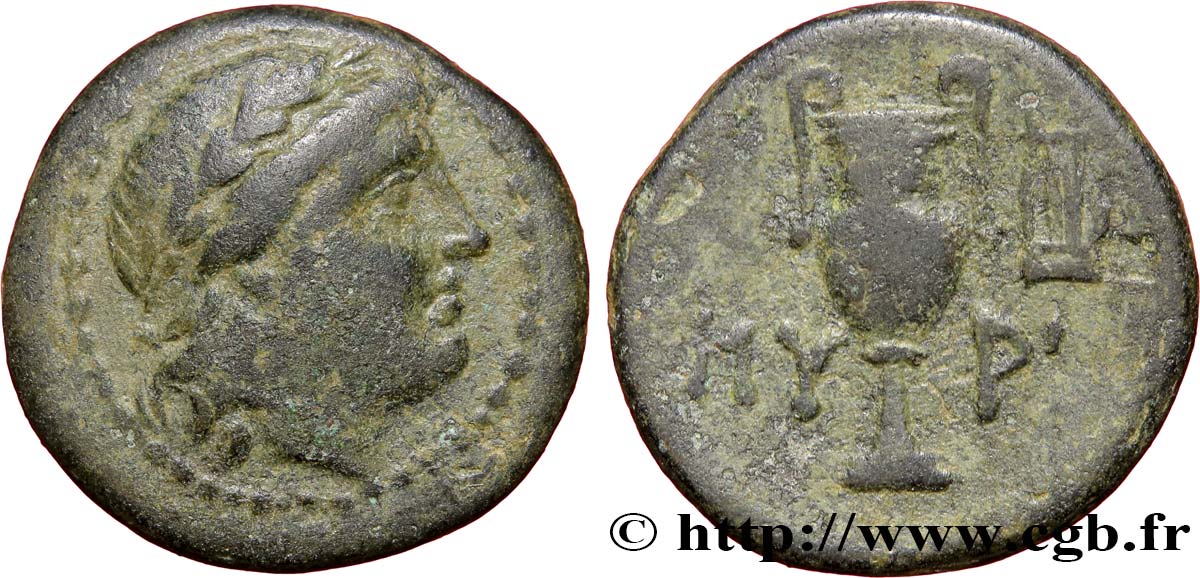
 Report a mistake
Report a mistake Print the page
Print the page Share my selection
Share my selection Ask a question
Ask a question Consign / sell
Consign / sell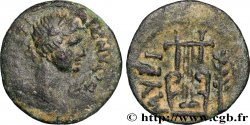
 Full data
Full data